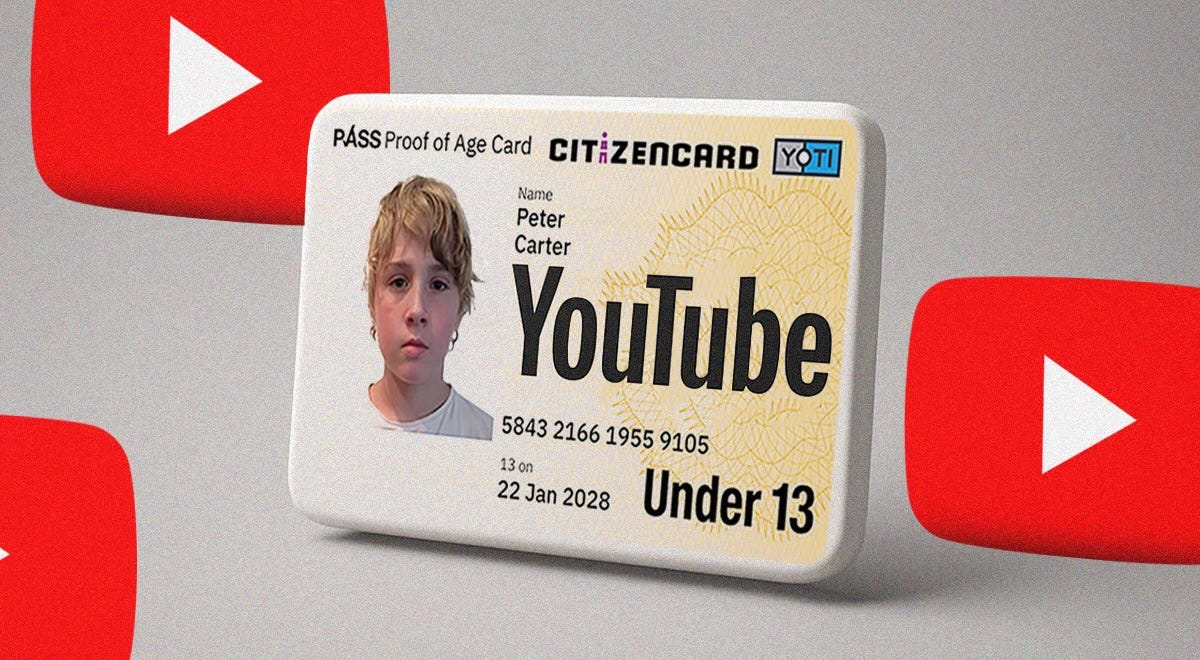YouTube’s AI Age Verification: Protection or Surveillance?
YouTube, the global video-sharing giant owned by Google, has introduced an AI-powered age verification system aimed at protecting children from inappropriate content. While this move appears just and necessary on the surface—after all, who wouldn’t want to shield kids from harm online?—it comes with a darker underbelly.
The system relies on massive data collection, raising serious concerns about privacy, freedom, and the growing merger between corporations and the state.
The AI Age Verification System: How It Works
YouTube’s AI age verification uses machine learning to estimate users’ ages based on their activity on the platform. This includes analyzing viewing history (what videos you watch and their categories), search queries (what you look up), and account longevity (how long you’ve been a user).
According to James Beser, YouTube’s director of product management, this system ensures that teens are treated as teens and adults as adults, regardless of the birthday they enter on their profile. For users flagged as under 18, YouTube disables personalized ads, limits repetitive viewing of certain content, and applies stricter filters. If the AI misidentifies someone—say, tagging an adult as a teen—they can verify their age with a credit card, government ID, or selfie.
At first glance, this seems like a practical solution to a real problem. Kids are exposed to mature content online daily, and platforms have a role in mitigating that risk. But beneath the surface lies a system that collects and analyzes vast amounts of personal data, opening the door to exploitation and surveillance.
Keep reading with a 7-day free trial
Subscribe to Lawfare to keep reading this post and get 7 days of free access to the full post archives.




